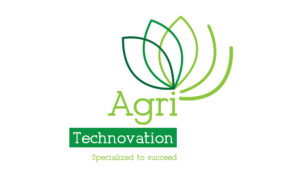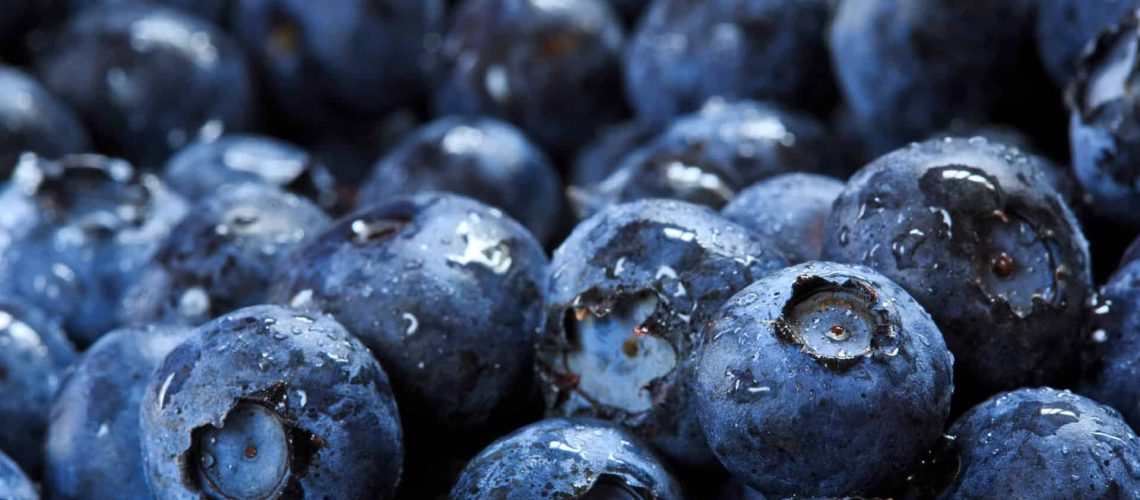By Jaques Landman
Technical Manager
AT New Zealand / AT Australia East Coast
Over the past five years, global blueberry consumption has doubled to reach 650 000 tons per annum. Indications are that it is set to double again during the next five years, reaching a global consumption rate of 1,5 million tons per annum. As the new season is fast approaching blueberry farmers, it is a good time to explore the phenological stage of flowering and also what farmers can do during this critical time to maximize their crops.
Flowering and berry development
The blueberry bush has two types of buds: flower buds and vegetative buds. The flower buds will form only flowers, while the vegetative buds will form only leaves and shoots. Flower buds are big, plump and easy to see and are usually located near the shoot tips.
Flowering occurs in spring when floral buds swell and open, also referred to as “bud break”. Floral buds positioned near the tip of 1-year-old shoots are first to open, followed by the buds positioned further down the shoots.
The flowers at the base of each cluster open first. The flowers that are first to be pollinated have the potential to become the flowers that protect them from wind and rain, which is why most blueberries require insect pollination. Flower sweetness readily attracts insects such as bees.
The flowers of Highbush blueberry are urn-shaped and consist of:
-The calyx, which eventually ends up at the tip of a berry.
-The corolla (or fused petals).
-Approximately 10 stamens that each have a pollen-containing anther at the tip.
– A pistil with an ovary at the base containing many ovules (which become seeds if they get fertilised by pollen).
Flowers are receptive to pollination and seed set for 3 to 5 days after opening. Certain cultivars will not set many seeds unless pollen comes from a different cultivar. Rabbiteye and Southern Highbush cultivars need pollinators for good fruit production. These flowers there- fore require many visits from bees and/or other pollinators to ensure good fruit and seed set.
Pollination
Northern Highbush blueberry cultivars are self-pollinated and do not require cross pollination. However, there are certain advantages to planting more than one cultivar.
Firstly, planting more than one cultivar will allow for cross-pollination to take place, which in turn will improve berry size and yield. Blueberries have inverted urn-shaped
Bees vibrate and loosen pollen, thereby spreading pollen from flower to flower or self-pollinating flowers. Pollinated flowers change to a red colour, while unpollinated flowers remain white.
In addition, by planting multiple cultivars that ripen at different times, the harvest season is lengthened. While the fruit production season may vary among cultivars, their bloom periods all overlap. For smaller farms, there are usually sufficient native honeybees to ensure good pollination. For larger plantings, two to four hives per hectare can be rented to ensure a good fruit set. This is required as blueberries are less attractive to bees when other flowers are also blooming. The hives are to be placed in a location which ensures good bee activity, keeping in mind that pollination is affected by wind. Furthermore, the hives should not be placed in the field before at least 5% – 10% of the plantings are in bloom.
Overall, open flowers with exposed stigmas are susceptible to several potential risks. They are the least cold hardy during the flowering stage and can easily be damaged during extremely cold weather. Early blooming cultivars also risk poor pollination as cool spring weather limits bee activity.
Concerns have been raised regarding the pollinators, them being identified as the reason for poor pollination. This could of course be true, but there are also other reasons why pollination can be unsatisfactory, such as unfavourable weather conditions (temperature, rainy days, etc.), chemical residues and the quality of nutrition during the previous (flowering) period.
Flowering and pollination demand high amounts of trace elements and calcium, with concentrations in a flower bud being 60 to 80 times higher than in a leaf.
Flower and energy needs Blueberries and bio-stimulants are a strong combination, especially during springtime, when plants are flowering and pollination is occurring: the right bio-stimulant at the right growth stage could have a significant positive impact on blueberry production and quality.
Blueberry plants are sensitive to readily soluble fertilisers and excessive amounts can cause plant injury or death. Therefore, it is critical to apply fertiliser at the recommended rates. Broadcast elements evenly. Fertiliser should not be concentrated in a small area, such as in centres of plants or against canes. Bio-stimulants and foliar feeds reduce the risk of excessive fertiliser application.
First stage: bud initiation
The first critical period is bud initiation during autumn. Before the plant goes into dormancy, it is ‘deciding’ which buds will be vegetative and which will be generative. In this instance, the energy level present in the plant informs the plant’s decision – the more energy in the plant, the more generative buds will be initiated.
The generative buds are those that produce flowers in spring. Poor growth during the late summer/early autumn will limit the number of generative buds, and, consequently, the yield. Deficiencies in the crop production cycle and imbalances relating to the nutritional solution can sufficiently be addressed.
Due to the sensitive nature of blueberry flowers and the associated risks as discussed above, Agri Technovation believes that the supplementary application of foliar-applied fertilisers will yield the best results in supporting the blueberry plant and flower.
Second stage: flowering
Flowering is the second critical period. The flowers on the blueberry bush will pollinate and set fruit during a 2-to-3-week window, during which time the plant experiences a significant hormonal shift to support this reproductive phase.
Therefore, in addition to standard nutrition, the crop requires high concentrations of trace minerals and calcium. If the plant is not provided with what it needs to support this hormonal shift, it will start to suffer and become stressed, making it an attractive food source for insects and diseases.
Calcium is the macronutrient most frequently associated with blueberry fruit quality and firmness.
Agri Technovation has identified a product that has produced great results in improving fruit quality which is CALCINATOR™ (nitrogen- free based calcium product).
During the crucial flowering and pollination period, two foliar applications of TRY ME™ (to meet the high demand for trace elements) and CALCINATOR™ (calcium is very important in the first development stage after pollination) should be applied.
A foliar application of TRY ME™ is essential to increase the level of energy in the plant during the most demanding phenological stages. Through the application of TRY ME™ the energy needs of the plant can be addressed early in the flowering season.
Third stage: fruit maturation
The third critical period in the growth cycle of a blueberry plant is fruit maturation and the growth of new shoots.
After pollination and fruit set, the berry goes through three phases of growth:
1. Cell division, where the berry increases in size but is still green.
2. Embryo development, where the berry does not increase much in size.
3. Cell expansion, where each individual cell increases in size.
The development of a pink and then blue colour starts at the end of the second phase of berry growth. Sugars increase and acids decrease during phase three.
Berry weight is dependent on cultivar, crop load (severe pruning will increase berry size), stage of development (berries increase in size after turning fully blue), and the number of seeds per berry (in most cultivars). Berry firm- ness is mainly affected by cultivar but is also impacted by ripeness, cultural practices and weather conditions.
As the fruit begins to grow, the fruit and shoots compete for the available resources and shoot growth slows down. If producers maintain good soil moisture during the growing season, the roots can maintain an adequate flow of water to the leaves to maintain growth. At the time the fruit starts its final swell for harvest, the shoot and leaf growth for the season has mostly stopped.
late in the season. An excess of nitrogen during fruit set and harvesting could impact fruit quality adversely. CALCINATOR™ is formulated with a raw material that increases the cellulose and strength of the fruit.
Flower irrigation
Bud break and bloom in blueberry occur during early spring when evaporative demand is usually low and leaf size is still small.
Thus, aside from any water required for fertiliser application, irrigation requirements prior to pollination and fruit set are minimal and often unnecessary, depending on spring precipitation.
However, once the fruit are set and the canopy develops, sufficient rain or irrigation becomes critical.





